Ceilings play a crucial role in interior design by defining visual interest, ambiance, architectural style, and acoustic quality. With numerous ceiling designs available, they can make your space feel more cozy, elegant, spacious, and modern. Different types of ceilings can significantly influence the overall feel of a room, offering various options to enhance your interior. To give your room a more aesthetic appeal, you can add colors, different materials, and lighting fixtures to the ceiling, providing a polished interior finish to your home.
Ceilings also offer practical benefits such as acoustic effects, sound absorption, fire resistance, and overall aesthetics. They often conceal plumbing and electrical wiring, ensuring a safer environment. Ultimately, the main aim of ceilings is to create a textured, aesthetically pleasing look while enhancing the functionality and safety of your space.
Types of Ceilings
Ceilings required for your home’s interior design come in numerous styles. Each style has its unique characteristics. Each type of ceiling contributes to your space’s overall design and appearance. It also impacts the style and ambience of your room. Following are the stylish and appealing types of ceilings that you must consider while building your home.
- Coffered ceiling
- Cove ceiling
- Stretch ceiling
- Tray ceiling
- Shed ceiling
- Dome ceiling
- Exposed ceiling
- Cathedral Vault ceiling
- Barrel vault ceiling
- Tall ceiling
- Drop ceiling
- Beamed ceiling
- Conventional ceiling

Coffered Ceiling
Coffered ceilings consist of panels separated by beams, adding a more sophisticated look to your space. This design helps create a visual appeal and adds depth to your room. Moreover, it offers a sense of elegance. This coffered ceiling is mainly used for formal and traditional settings. However, many modern interiors can also adopt this coffered ceiling type, which enhances the overall appeal. It comprises a detailed layout which increases the look of your room.

Cove Ceiling
The cove ceiling possesses a concave shape with a round transition. This design is a soft and shuttle transition to your room which adds a look to your room. The ceilings are utilized generally for ambient lighting and provide a lot of space. You can incorporate LED strips or any indirect lighting source into the ceilings. As a result, it enhances your room’s overall mood and atmosphere.
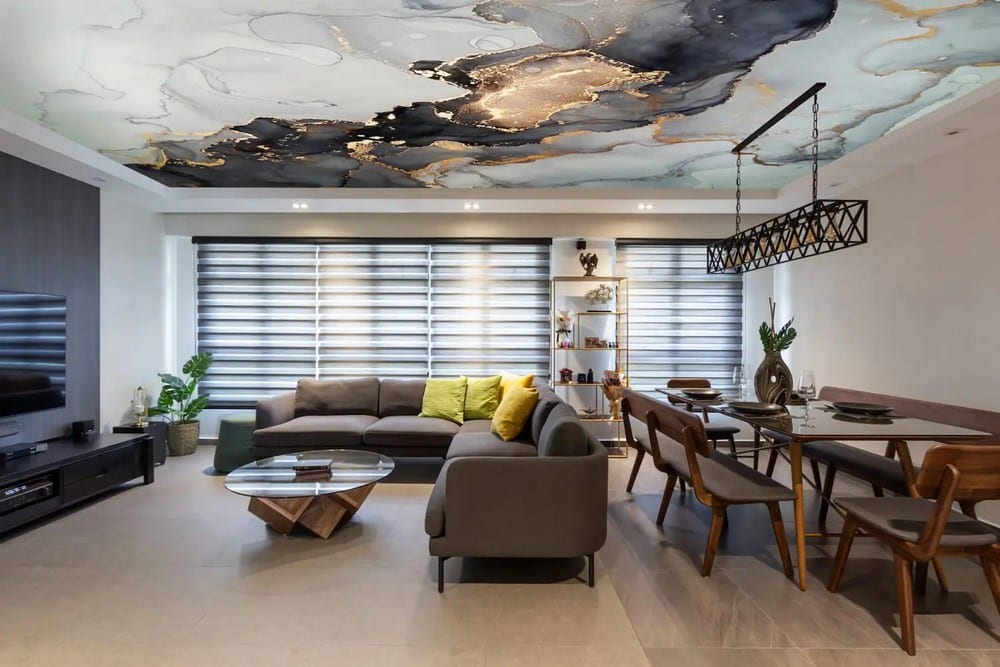
Stretch Ceiling
The stretch ceiling comprises stretched fabrics that are attached throughout your room. This innovative ceiling look offers a more sophisticated finish and accommodates your space. You can add numerous lighting options to this type of ceiling. This is because stretched ceilings provide easy access to the different structures and utilities. Thus, it is a versatile choice for numerous modern interior design homes.
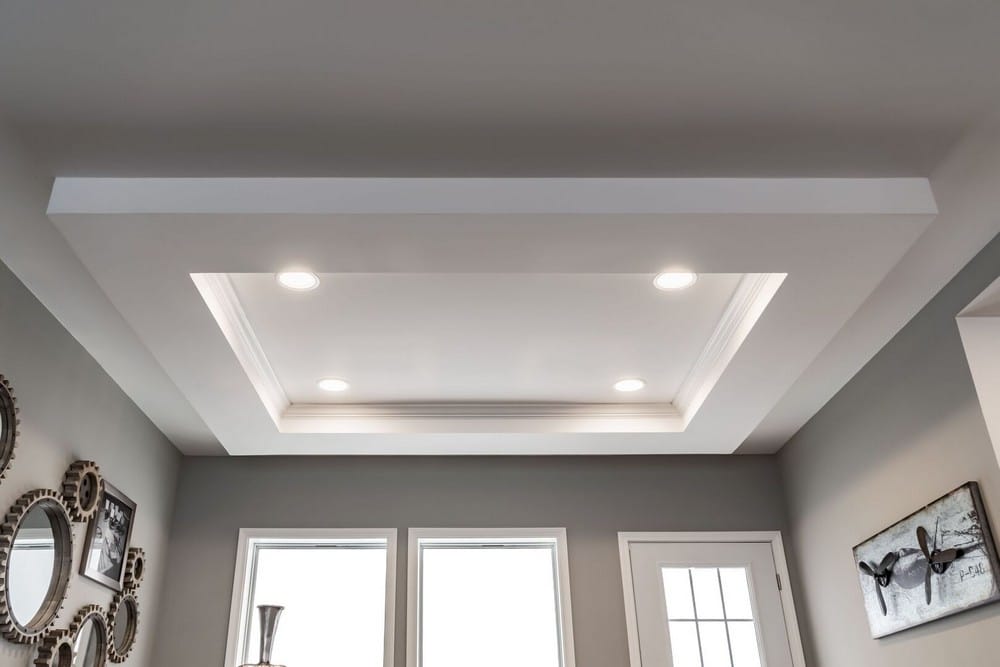
Tray Ceiling
Tray ceilings are also referred to as inverted ceilings. These ceilings comprise a middle section that is raised compared to the surrounding area. Tray ceilings offer more creative lighting options. You can add numerous accent colors and details to make a more stylish and visually appealing centre point. Moreover, this design also provides you with a multi-level architectural design.
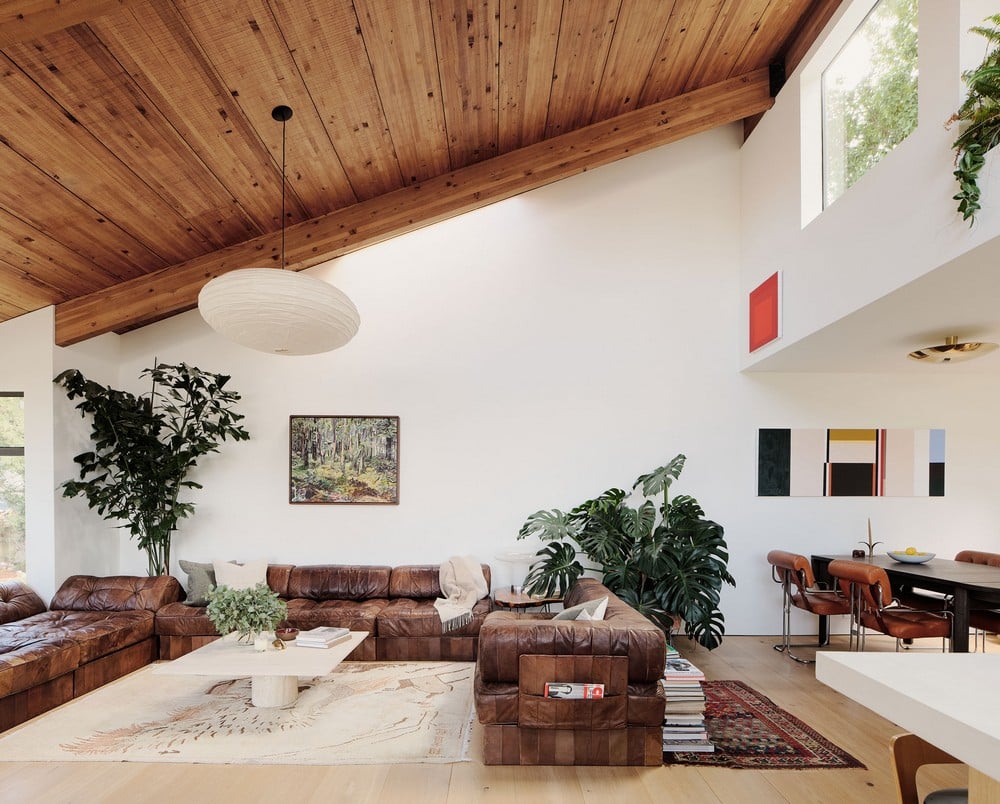
Shed Ceiling
The shed ceilings are also called slope ceilings. This is because they are designed to slope with the shape of your room. This type of ceiling offers a very cozy and unique architectural appearance. This also adds an intimate atmosphere. Numerous lightings and fixtures are added to these sloped ceiling designs, enhancing the sense of individuality in this design. This is also a convenient design which adds more character to your room.
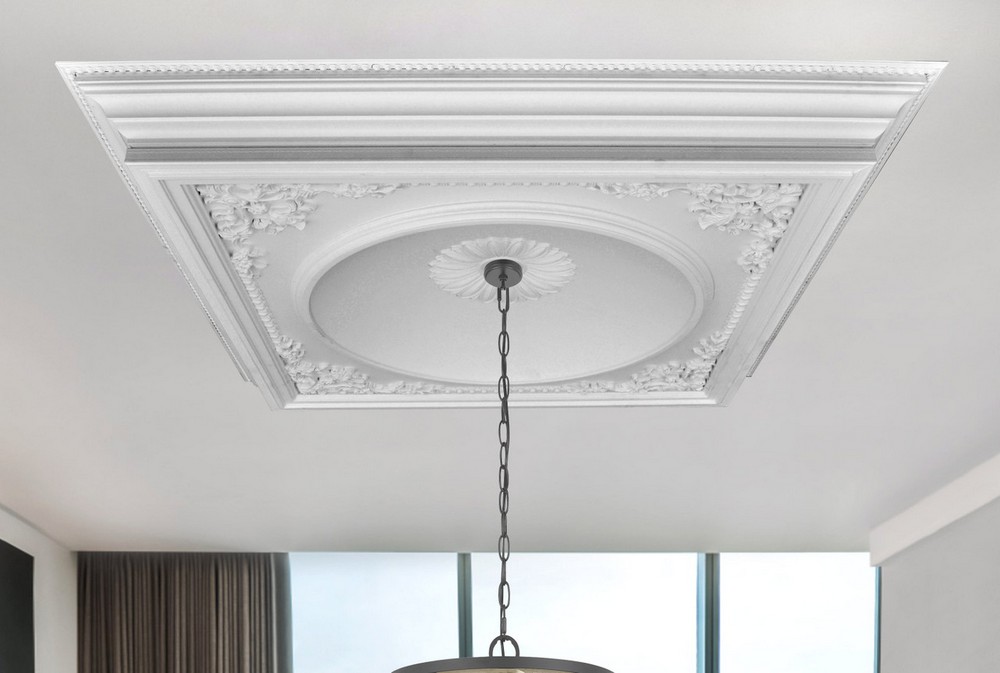
Dome Ceiling
Dome ceilings are characterized mainly by their curved shape that resembles the interior of your room. It offers a beautiful architectural elegance and a focal point to your room. This design room ceiling is made to indicate patterns, morals, or molding design, enhancing your space’s luxurious appeal. This dome ceiling design is found in elegant settings that enhance your room’s ornate appeal. Moreover, it is often found in religious buildings, grand spaces, or opulent entrances, creating a visually striking appearance.
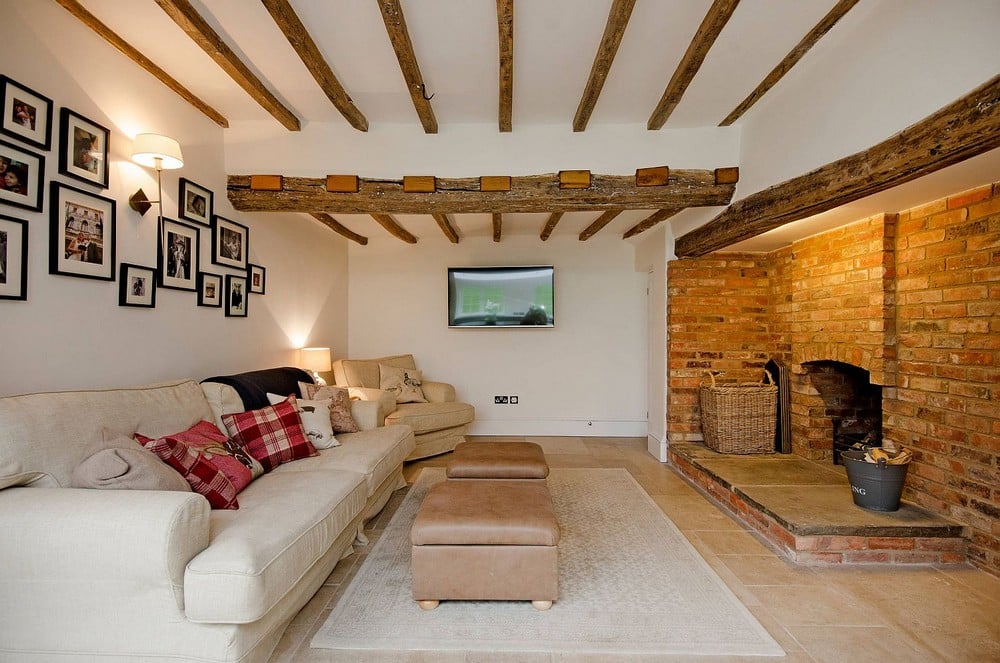
Exposed Ceiling
These are known as open ceilings. This design embraces a modern, industrial, loft-style, and urban look. The exposed ceiling adds spaciousness and architectural interest to your room’s edgy designs. An exposed ceiling provides an opportunity for spaciousness and creative lighting. This design embraces a visual appeal that provides a finished ceiling surface.
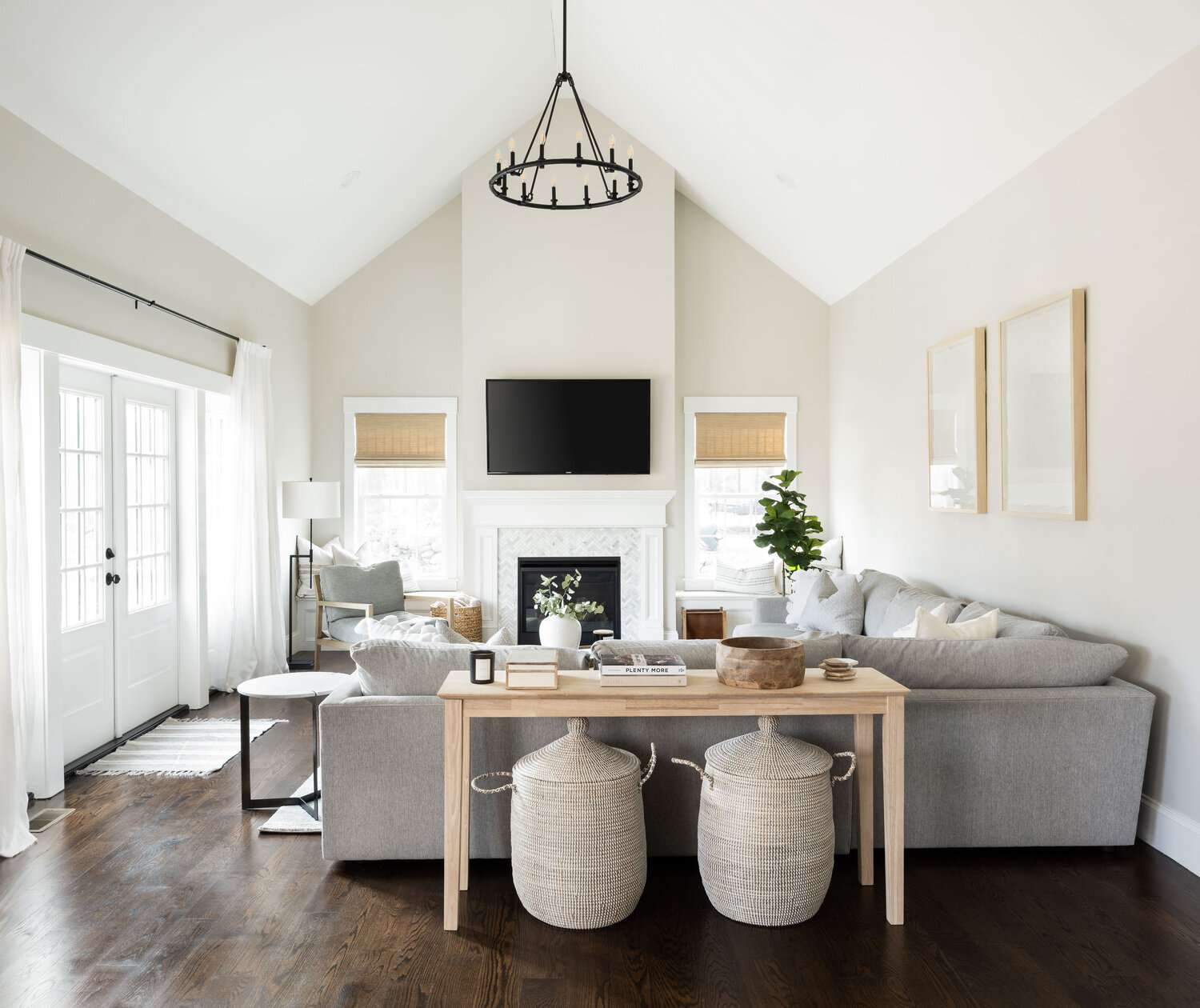
Cathedral Vault Ceiling
The Cathedral Vault ceiling possesses a symmetrical design that resembles the interior of a Cathedral. It has two sloping sides that meet as a peak, adding a more spacious field to your room. This ceiling type adds a sense of openness and makes your space more appealing. This Cathedral Vault ceiling showcases the elegant beauty and architectural bank drop of the room’s interior design. It enhances the overall aesthetics of your space.
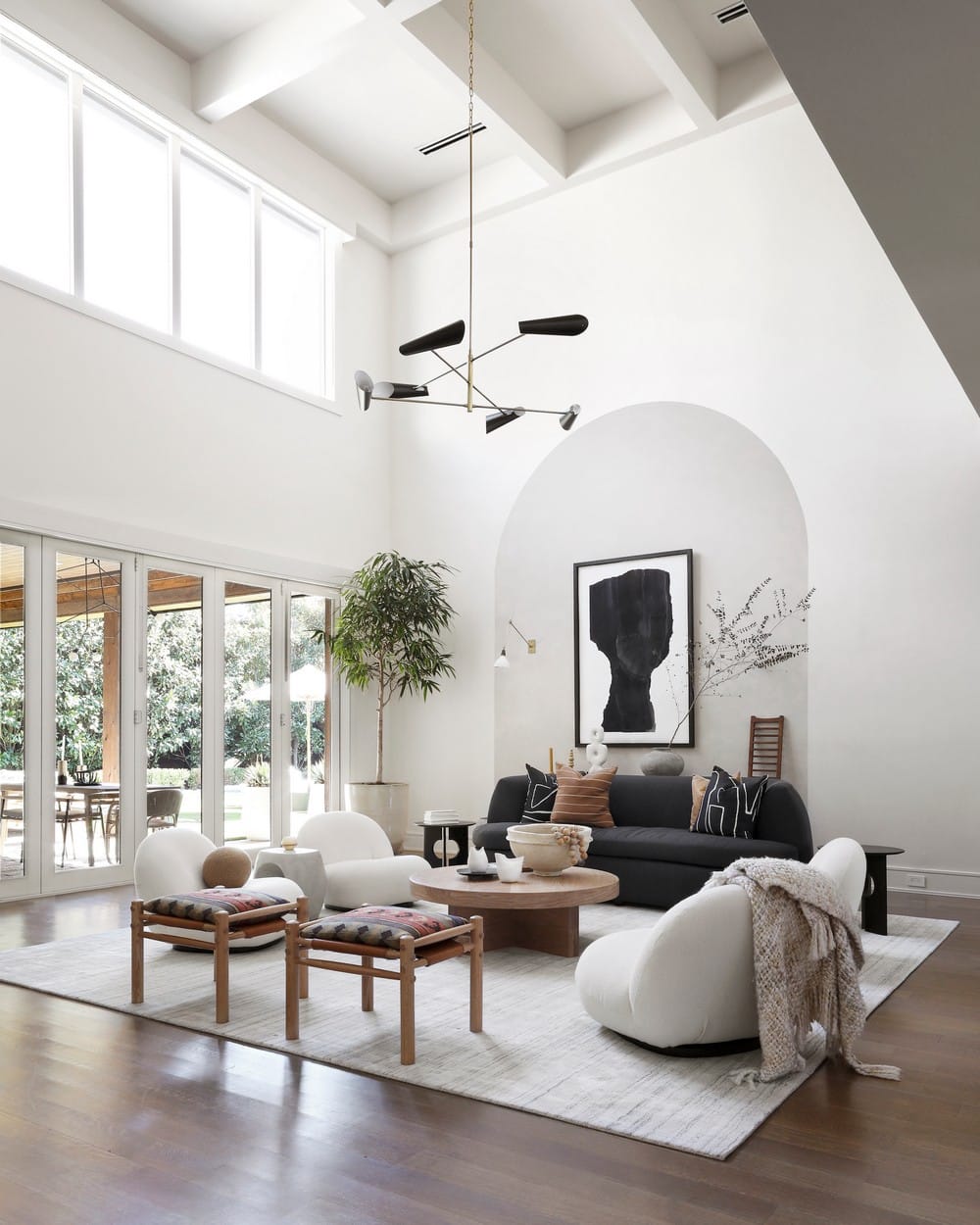
Tall Ceiling
Tall ceilings are primarily incorporated in the spaces with height and contribute to the expensive and open atmosphere. It offers more texture and appeal to your vertical space. You can also accommodate large windows with tall ceilings, adding a sense of aesthetics. Additionally, the tall ceilings improve air circulation. Hence, the soaring ceilings in a room make your room more inviting and spacious.
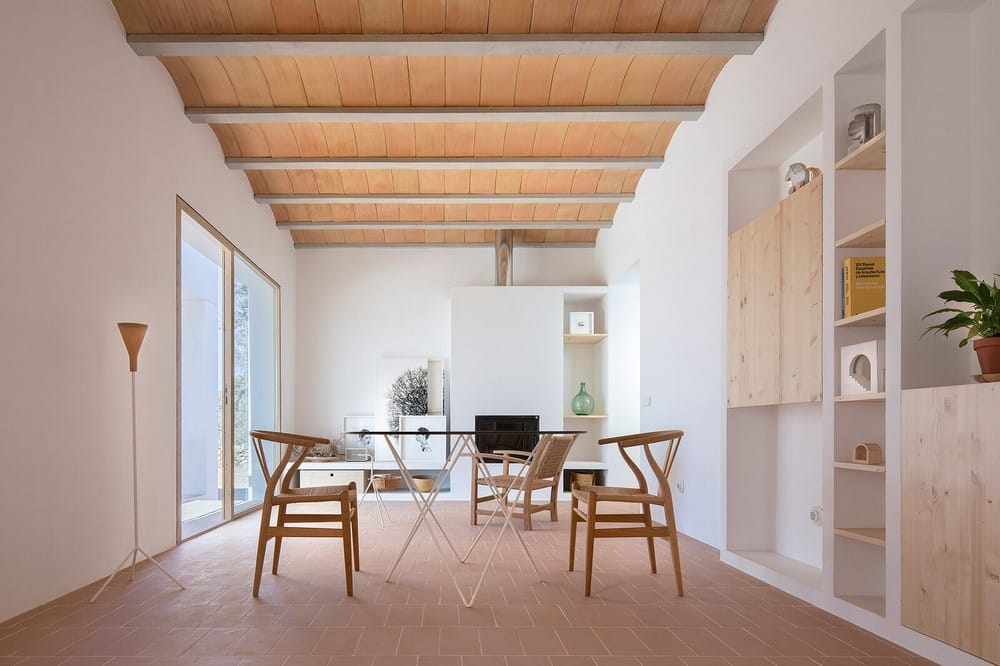
Barrel Vault Ceiling
This type of ceiling consists of a cylindrical shape resembling a tunnel shape. This design is used in architectural or historical settings. Moreover, barrel vault ceilings contribute to a sophisticated ambience. These barrel vault ceilings are made of numerous materials, including plaster, brick, stone, etc. It has a graceful curve, which adds a distinctive appearance to the overall design of your room. Hence, this design provides a curved appeal and smooth overhead, increasing your room’s look.
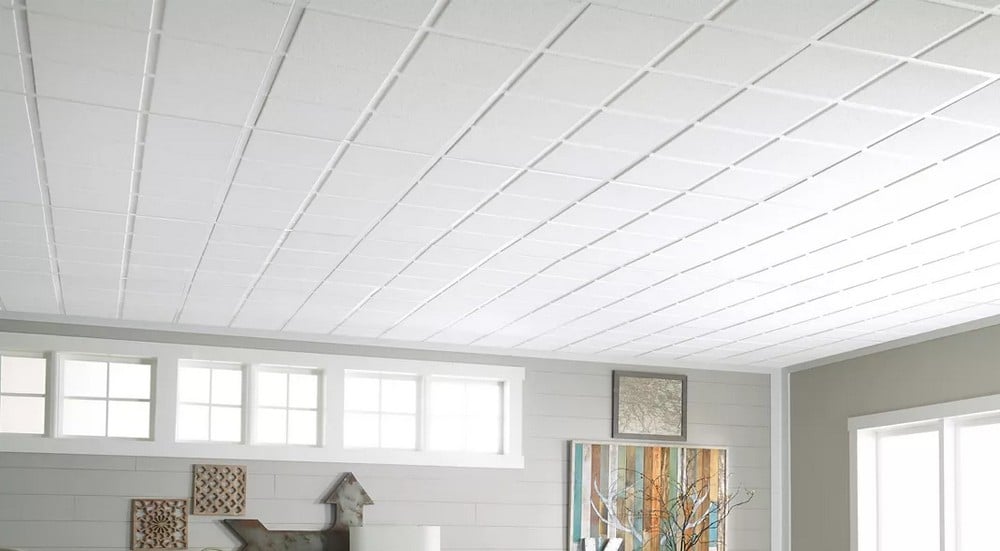
Drop Ceiling
Drop ceilings are also called suspended ceilings. These are not the main ceiling structures instead, they are the secondary ceilings that are installed under the actual ceiling structure. This type comprises a great system suspended through different kinds of wires. Moreover, the drop ceilings are used for numerous purposes, including properly maintaining the ceilings. They also offer flexibility for ventilation and adding lighting fixtures, which allows for the customisation of your design. You can easily choose this drop ceiling and make it more attractive through different colours, textures, materials, and ornaments.

Beamed Ceiling
A beam ceiling adds a rustic appearance to your space. It creates a more appealing visual interest and spaciousness in your room. This is because the exposed beams are made of numerous materials, including metal or wood. They also come in multiple styles, including faux beams, decorative exposes, etc., which enhance your room’s overall aesthetics.
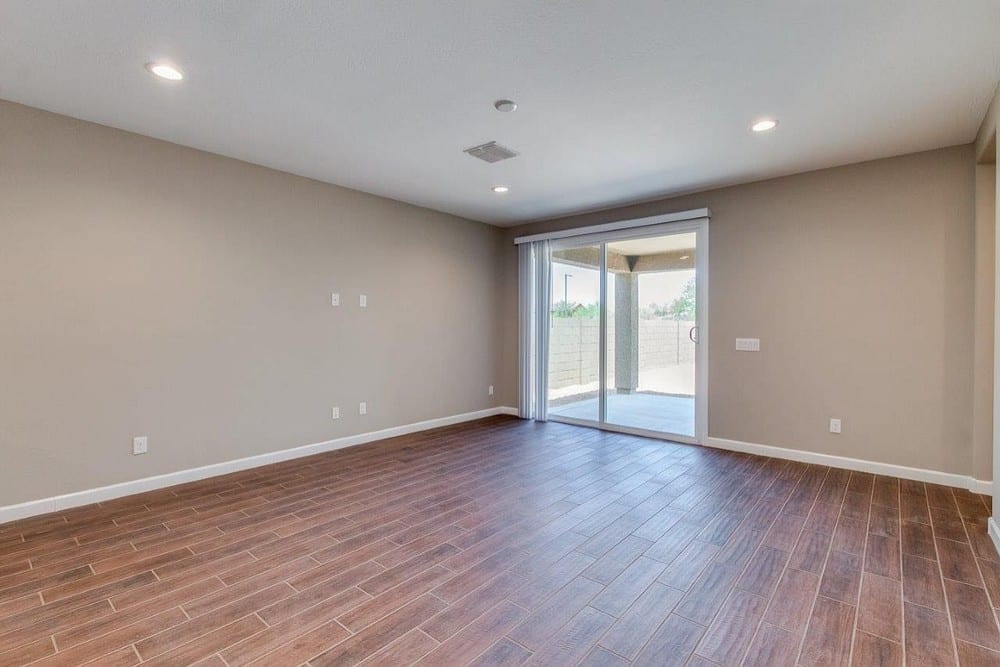
Conventional Ceiling
A conventional ceiling type of your room includes a textured ceiling with a standard flat appearance. This type of ceiling is the most common size used in numerous middle-size homes. Conventional ceilings are finished through painting, plaster, or drywall. Although it is a prevalent type of ceiling, it can also be customised. The newest customization options for this type of ceiling include lighting, molding designs, and paint colours that add more personality to your room.
Types of Ceiling Finishes and Textures
The textures and finishes add more character and warmth to your room. Following are some types of ceiling finishes:
- Acoustic: This finishing possesses a bumpy appearance. The significant benefit of this ceiling texture is its sound-absorbing ability.
- Smooth Finishing: This type of finishing has a flat and slightly textured appearance.
- Wood Paneling: It adds a natural and warm look with wooden planks and panels.
- Exposed Beams: These beams highlight and enhance the already placed structural beams. It is mainly done for decoration purposes and to add a spacious feel.
Each type of ceiling finish adds more warmth and aesthetics to your space. It has a significant impact on the overall ambience of the room.
Tips for Choosing Your Ceiling Type
Following are the tips to consider while choosing the ceiling type for your home.
- Always match the ceiling type with the interior of your room style. Always consider the kind of lighting according to the ceiling design. Some varieties prefer recessed lights.
- You must think about the type of ceiling material for maintenance. Smooth surfaces offer easy cleaning, while textured ceilings can easily collect dust.
- Consider the long-term maintenance cost, installation, materials used, etc, before deciding your total budget.
- You should also work on the surrounding architectural enhancements.
Conclusion
Ceiling type plays a critical role in adding functionality to your room. Each ceiling design serves a unique purpose, ranging from traditional options like suspended ceilings to modern ones, including tall or vaulted ones. Ultimately, we have discussed the types of ceilings, how to choose them, and the roof finishes for your space. So, the ceiling type should always align with the ambience and practicality of your room.








